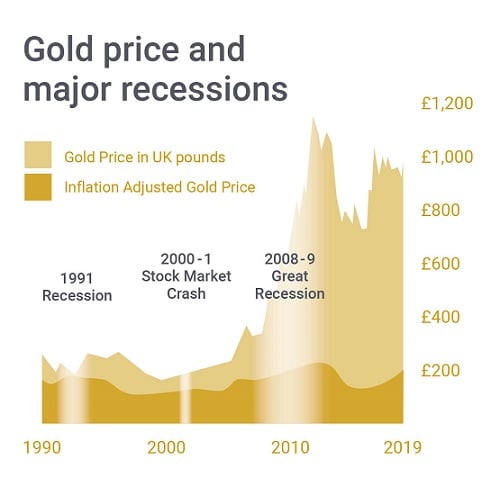Nio’s latest offering, the Firefly, has hit the market with a surprisingly aggressive price tag – starting at just ¥119,800 (approximately $16,600 USD). This is a substantial ¥29,000 reduction from the previously announced pre-sale price of ¥148,800. Let’s be clear: this isn’t just a price adjustment, it’s a statement.

Photo source:www.autoexpress.co.uk
Nio Chairman and CEO William Li insists the Firefly still carries a profit margin, but in this cutthroat EV landscape, that claim feels… optimistic. We’ve seen other automakers slash prices relentlessly, and Nio is clearly feeling the pressure.
Li envisions the Firefly eventually accounting for 10% of Nio’s overall sales volume. However, a 10% market share is ambitious, especially for a brand that’s just stepped into the ring. It’s a long game, and Nio needs to prove it can deliver on both volume and profit.
Knowledge Point: The Dynamics of EV Pricing and Market Segmentation
The Firefly’s positioning as a compact, affordable EV highlights a key trend: the battle to capture the mass market. Traditionally, EVs were luxury items.
Now, manufacturers are racing to lower costs and offer smaller, entry-level models. This shift is crucial for driving widespread EV adoption.
Price sensitivity is particularly high in the compact car segment. A small price difference can significantly impact purchase decisions.
Profit margins in this space are notoriously thin. Nio’s ability to maintain profitability while competing on price will be a critical test of its business model.
Market segmentation is also key. Targeting a specific niche – in this case, the premium compact EV segment – allows Nio to focus its resources and tailor its offerings.





